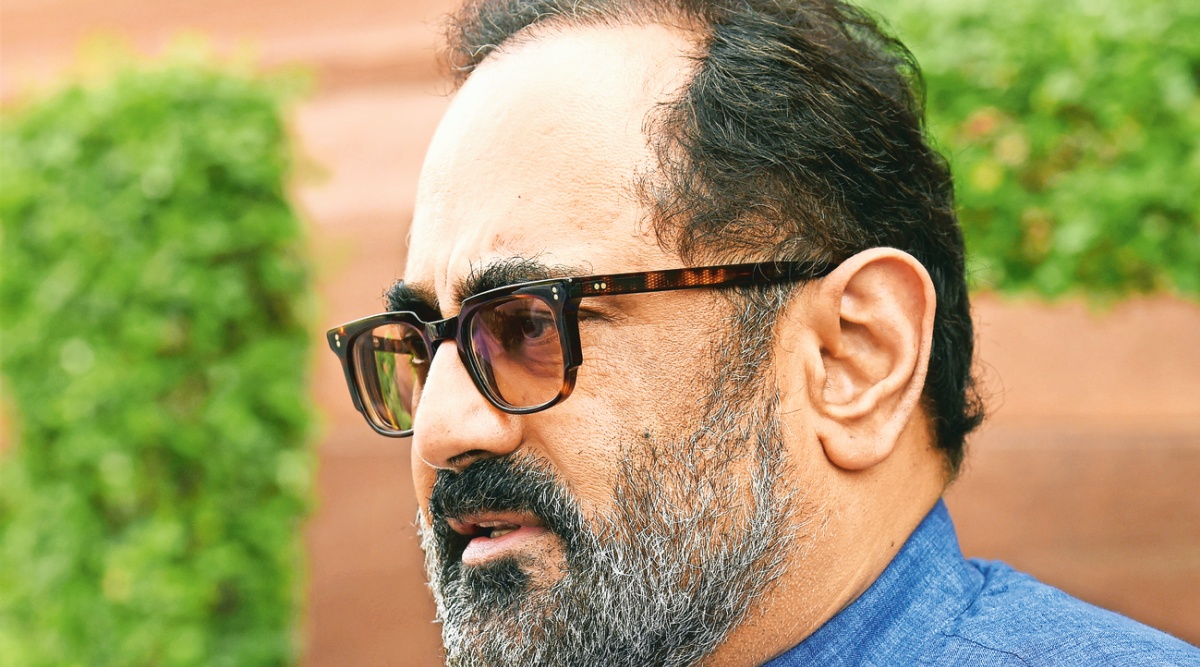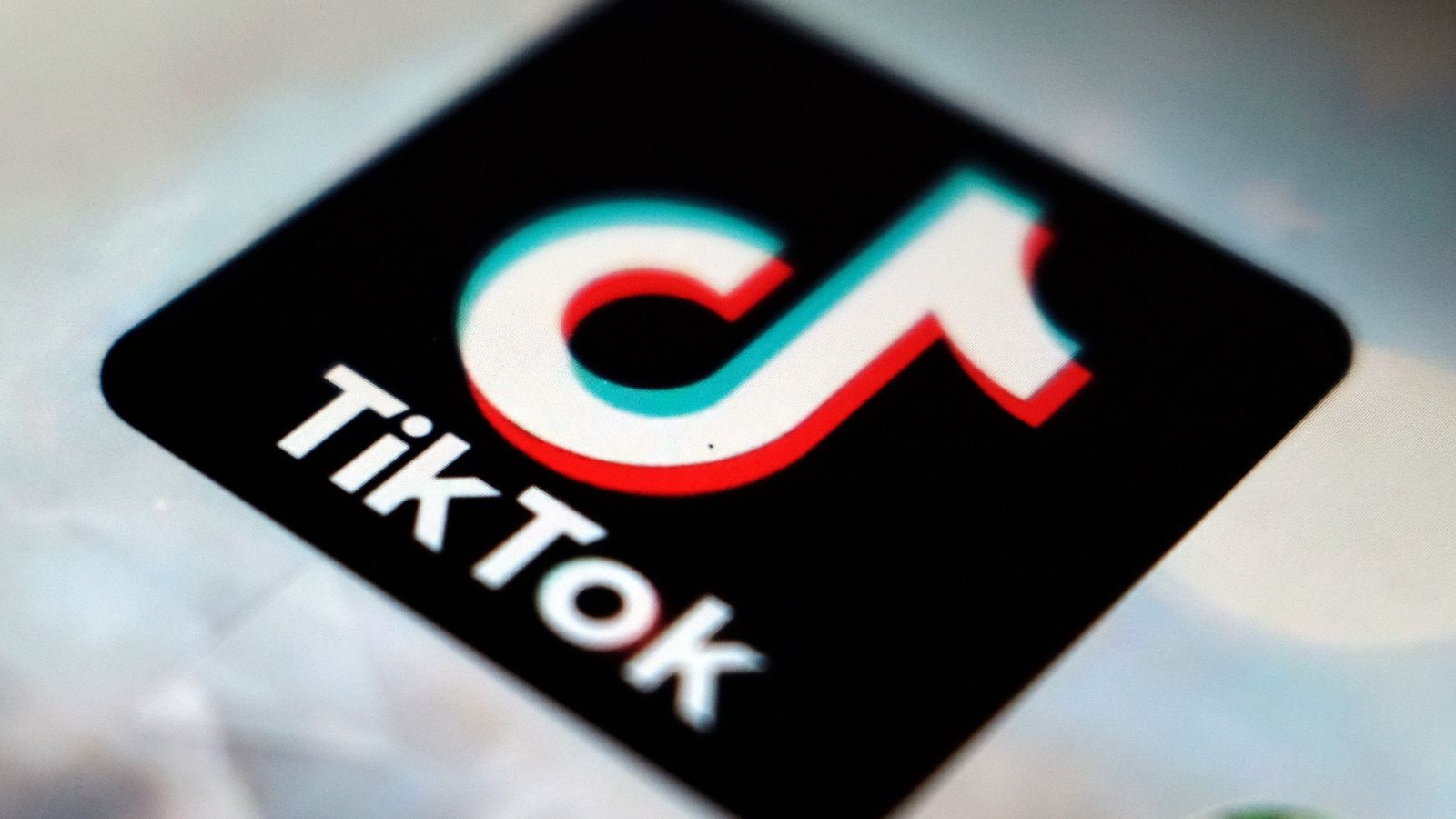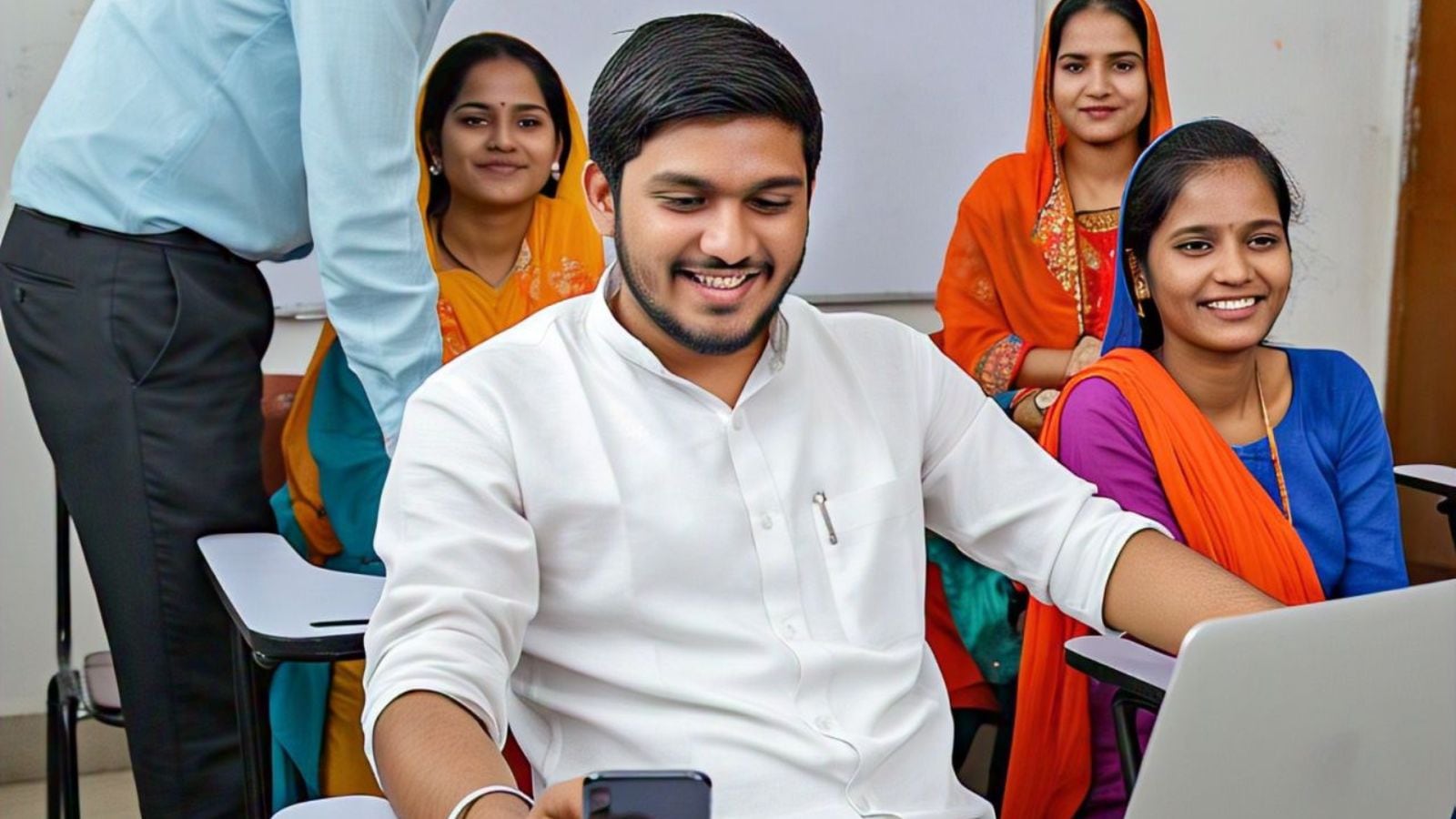Content and account blocking orders issued to Twitter by the Centre in the first six months of 2022 have exceeded the number of such orders issued to the social media platform in the entirety of 2019. According to data shared by Minister of State for Electronics and IT Rajeev Chandrashekhar with the Lok Sabha on Wednesday, 1,122 blocking orders were issued to Twitter until June 2022, compared to 1,041 such orders in the whole of 2019.
In 2021, Twitter was issued 2,851 blocking orders under Section 69(A) of the Information Technology Act, 2000, the highest for any year, data shared by Chandrashekhar revealed. This coincides with the microblogging platform blocking more than 250 accounts in relation to sharing “provocative” tweets over the then ongoing farmers’ protests and the company receiving orders from the government to take down some tweets critical of the government’s handling of Covid-19.
Notably, 2021 was also the year when a team of Delhi Police’s Special Cell had knocked on the doors of Twitter India’s Delhi and Gurgaon offices to ostensibly serve the social media platform a notice after the platform flagged some posts by ruling party leaders alleging a Congress plot to malign the Prime Minister and the Central government as “manipulated media”.
Section 69 (A) of the IT Act, 2000, allows the Centre to issue blocking orders to social media intermediaries “in the interest of sovereignty and integrity of India, defence of India, security of the State, friendly relations with foreign states or public order or for preventing incitement to the commission of any cognisable offence relating to above”.
As per rules that govern these blocking orders, any request made for blocking by the government is further sent to a review committee, which then issues final directions.
Data shared with Parliament also revealed that since at least 2016, blocking orders issued to Twitter have formed a major portion of the total blocking orders issued to social media platoforms each year, with an exception in 2018. For instance, in an answer in Lok Sabha in December last year, Union Minister of Electronics and IT Ashwini Vaishnaw said that in 2016, the government issued a total of 633 blocking orders under Section 69(A) of the IT Act. In the same year, as per data presented by Chandrashekhar on Wednesday, Twitter was issued 194 blocking orders, meaning that it accounted for more than 30 per cent of all blocking orders issued that year.
Similarly, in 2017, the government issued a total of 1,385 blocking orders, of which 588 were issued to Twitter, accounting for more than 42 per cent of all blocking orders. To be sure, the total blocking orders could be issued to various social media platforms like Twitter, Facebook and YouTube, along with website blocking orders issued to various telecom service providers (TSPs).
Newsletter | Click to get the day’s best explainers in your inbox
In 2018, censorship orders to Twitter took a downward turn, accounting for a paltry 8 per cent of the 2,799 blocking orders issued that year. In 2019, Twitter accounted for over 28 per cent of the total 3,635 blocking orders, and in 2020, it received more than 27 per cent of the total 9,849 blocking orders.
Between February 2021 and 2022, the Ministry of Electronics and Information Technology (MeitY) is learnt to have directed Twitter to take down over 1,400 accounts and 175 tweets under Section 69 (A) of the Information Technology Act, 2000. Twitter has moved the Karnataka High Court, seeking to quash blocking orders for 39 of those links flagged by the Ministry, according to the petition filed by the social media giant earlier this month.
Incidentally, between 2014 and 2020, the number of content blocking orders issued to various social media companies and TSPs by the government also increased by almost 2,000 per cent – from 471 in 2014 to 9,849 in 2020, highlighting the growing trend of online censorship in India.
!function(f,b,e,v,n,t,s)
{if(f.fbq)return;n=f.fbq=function(){n.callMethod?
n.callMethod.apply(n,arguments):n.queue.push(arguments)};
if(!f._fbq)f._fbq=n;n.push=n;n.loaded=!0;n.version=’2.0′;
n.queue=[];t=b.createElement(e);t.async=!0;
t.src=v;s=b.getElementsByTagName(e)[0];
s.parentNode.insertBefore(t,s)}(window, document,’script’,
‘https://connect.facebook.net/en_US/fbevents.js’);
fbq(‘init’, ‘444470064056909’);
fbq(‘track’, ‘PageView’);








